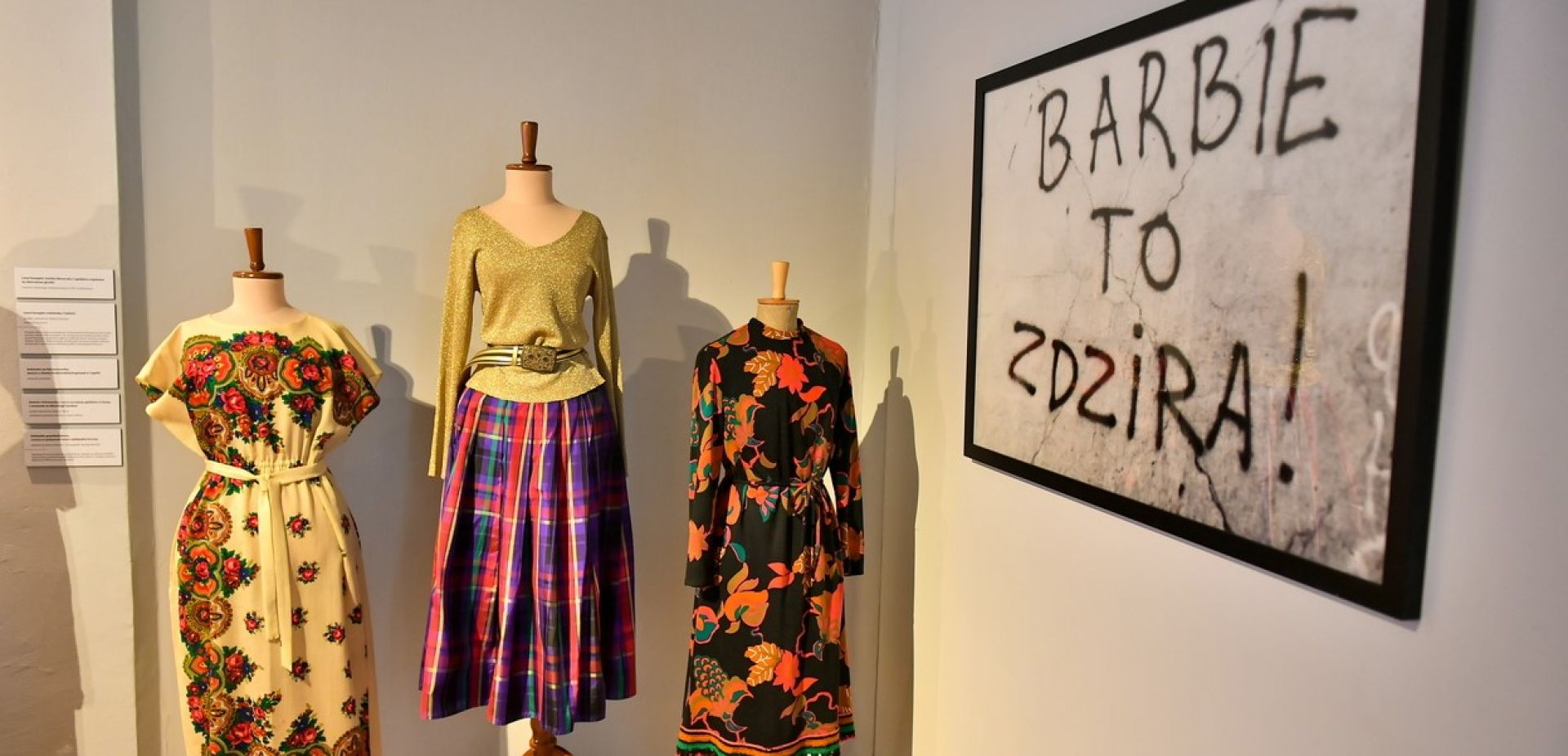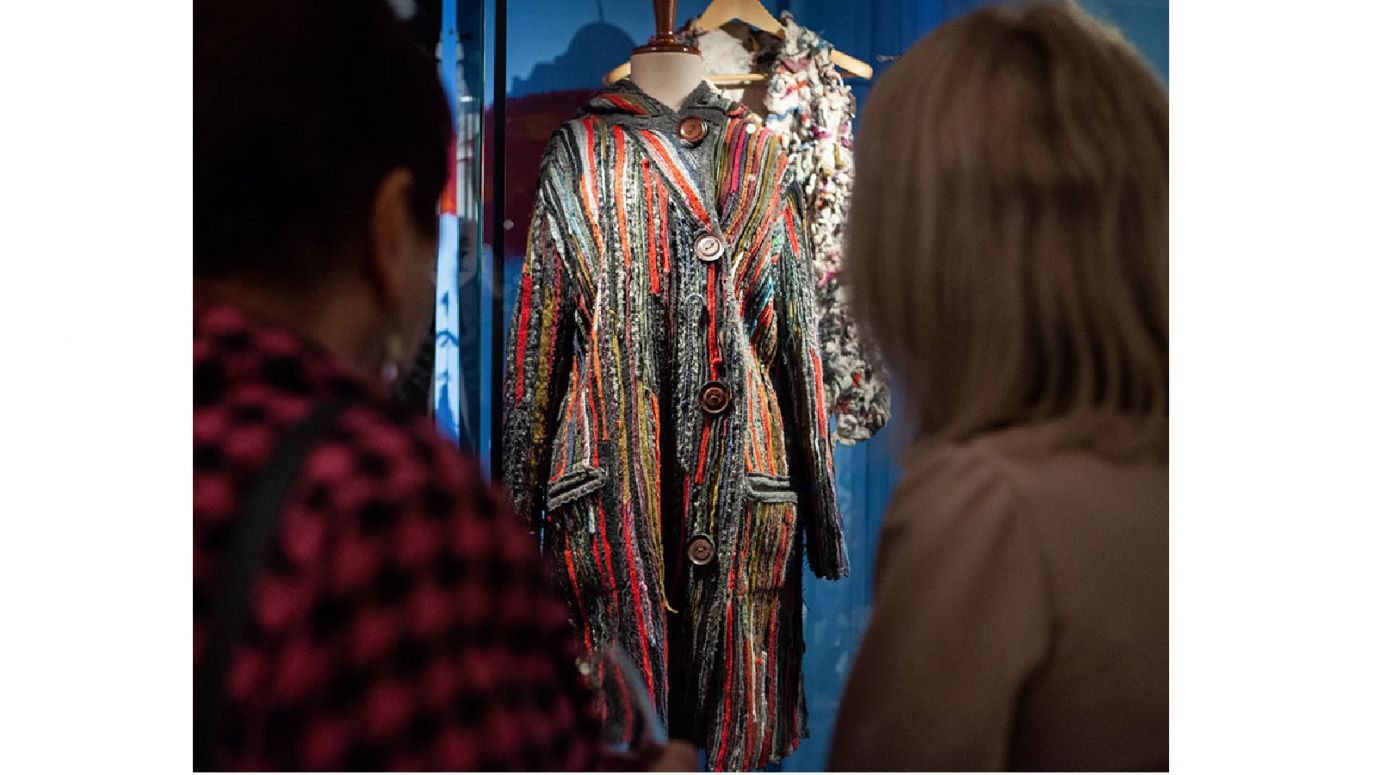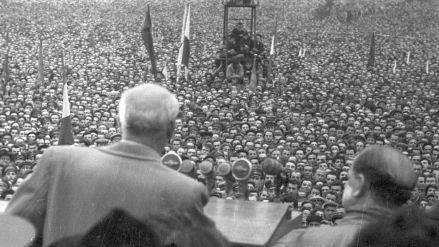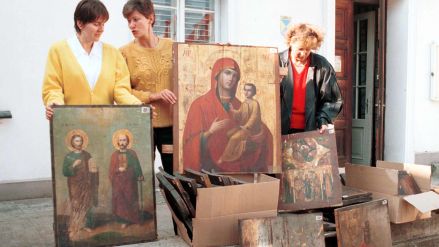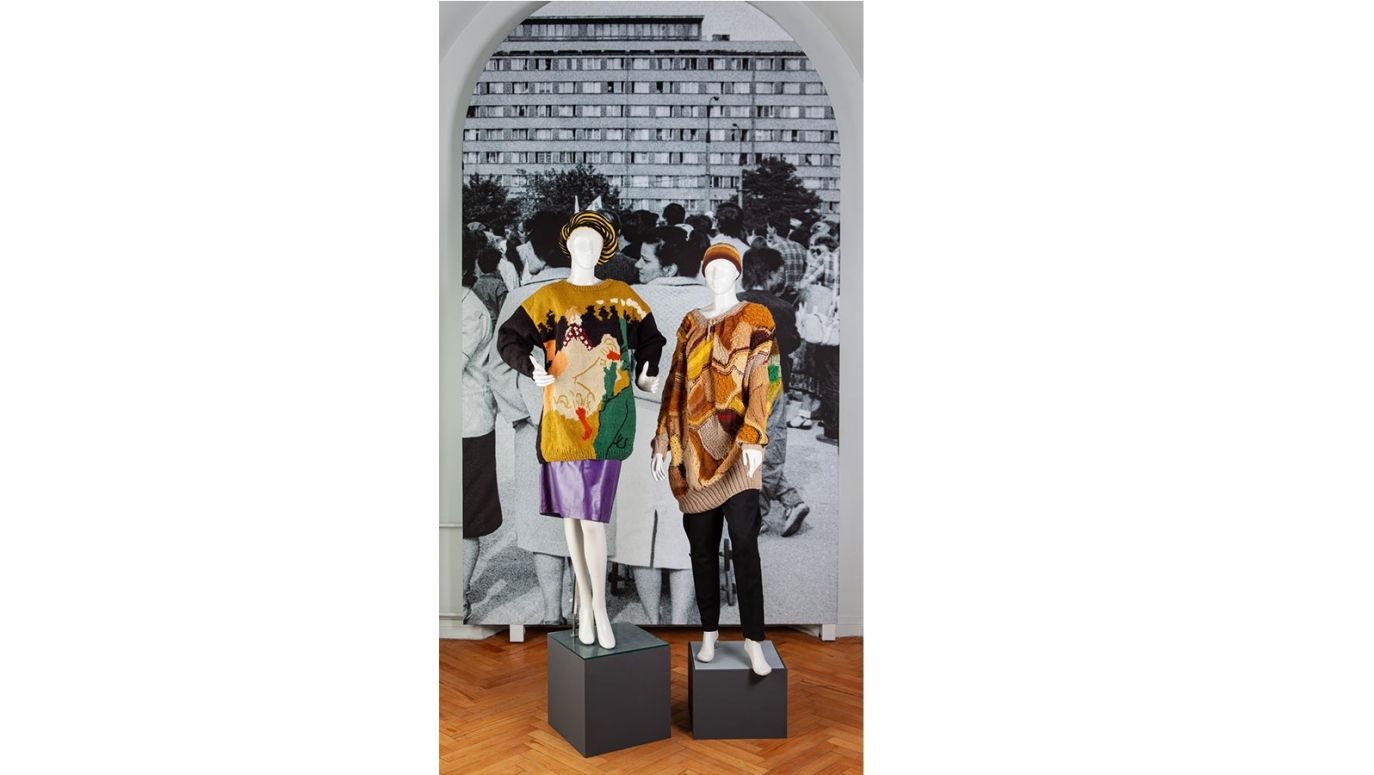I had friends in the textile department of the Warsaw Academy of Fine Arts. There, they knew better methods of dyeing than a single piece in the aforementioned washing machine Frania.
And word was spread among the circle of acquaintances: today the reds are flying! Then these insiders lumbered to Krakowskie Przedmieście 5 things to be flamboyant. Or softly pink. Professor Wojciech Sadley's assistant, Zygmunt Łukaszewicz, master of the dyeing ceremony, stood by the cauldron and stirred, keeping an eye on the timing of the procedure.
Once dry, I set to work. There wasn't a jumper I couldn't make more attractive. It shrunk, shrunk and felted - that's for patchwork. If a sweater was infested with moths, I'd cut out the holes to make them even bigger, lay another fabric underneath and then embroider - as if that was the way it was supposed to be. If a fabric looked a bit shabby, I sewed on some tatters and turned it into a quasi-fur. And dozens of other tricks, none of which would probably have a chance of "selling" in public today.
Clothes with an idea
In the difficult decade of the 1980s, someone who donned the camouflage for contesting reasons had it uphill. I had it too.
To survive, I dabbled in fashion in various ways. I exhibited my patchworks in niche, informal galleries. I drew fashion and advised young people who read the weekly magazine 'Płomyk'. I dressed models and various artists for photo shoots, usually using the resources of my own wardrobe and my imagination. The former, modestly; the latter, as needed.
At that time, I published three clothing guides in the Watra publishing house (no longer in existence, it went bankrupt in the early 1990s). All with my text, drawings and typographical layout.
Their titles eloquently testify to what the times were like, what the volumes were about and the speed at which the printing process took place. Clothes with an Idea (typescript sent for typesetting 1983 - signed for printing 1986, printing completed 1987); Fashion... Fashion? Fashion! (typescript sent to typesetting 1985 - signed for printing and printing completed 1986); Patches, scraps, pieces (typescript sent 1987 - printing completed 1988).
That's where my fashion games ended.
Ideas of dress and image - not only mine, also those of most of my compatriots - ceased to be amateurish over the years as Poland sought to catch up with other Western countries.
It is good that there are memorial exhibitions like the one in Wrocław - because who among the young would believe that the holes in a jumper were made by moths or - wear and tear?
– Monika Małkowska
– Tranlated by Tomasz Krzyżanowski
TVP WEEKLY. Editorial team and jornalists
